Fast Facts
- When: 26th May to 9th June 2024
- Where: Stade Roland-Garros, Paris
- Watch: ITV, Eurosport
- Official Website: Roland Garros
The French Open makes up one of the four Grand Slams in the tennis calendar. As a result, the tournament is widely regarded as one of the pinnacles of tennis and its stature is only equalled by that of the other major tournaments.
Often referred to as the Roland Garros, it takes place at the Roland Garros stadium in Paris over two weeks, traditionally starting in late May and carrying into June. It is the only one of the four tennis Grand Slams to be played on a clay surface.
Existing Customer Free Bets & Money Back Offers
Note: Offers will appear here nearer the event as and when they become available.
Stats Articles
- How Many Qualifiers & Unseeded Players Have Won a Tennis Major?
- How Often Do Tennis Players Lose After Going 2 Sets Up in the Grand Slams?
- Grand Slam Winners in Tennis: Which Players Have Won All Four Major Tournaments?
Event Stats
French Open Singles Finals – 2010 to 2023
| Men’s Champion |
Men’s Runner Up |
Women’s Champion |
Women’s Runner Up |
|
|---|---|---|---|---|
| 2023 | Novak Djokovic (SRB) |
Casper Ruud (NOR) |
Iga Swiatek (POL) |
Karolina Muchova (CZE) |
| 2022 | Rafael Nadal (ESP) |
Casper Ruud (NOR) |
Iga Swiatek (POL) |
Coco Gauff (USA) |
| 2021 | Novak Djokovic (SRB) |
Stefanos Tsitsipas (GRC) |
Barbora Krejcikova (CZE) |
Anastasia Pavlyuchenkova (RUS) |
| 2020 | Rafael Nadal (ESP) |
Novak Djokovic (SRB) |
Iga Swiatek (POL) |
Sofia Kenin (USA) |
| 2019 | Rafael Nadal (ESP) |
Dominic Thiem (AUT) |
Ashleigh Barty (AUS) |
Marketa Vonrousova (CZE) |
| 2018 | Rafael Nadal (ESP) |
Dominic Thiem (AUT) |
Simona Halep (ROU) |
Sloane Stephens (USA) |
| 2017 | Rafael Nadal (ESP) |
Stan Wawrinka (SUI) |
Jelena Ostapenko (LAT) |
Simona Halep (ROM) |
| 2016 | Novak Djokovic (SRB) |
Andy Murray (GBR) |
Garbine Muguruza (ESP) |
Serena Williams (USA) |
| 2015 | Stan Wawrinka (SUI) |
Novak Djokovic (SRB) |
Serena Williams (USA) |
Lucie Safarova (CZE) |
| 2014 | Rafael Nadal (ESP) |
Novak Djokovic (SRB) |
Maria Sharapova (RUS) |
Simona Halep (ROU) |
| 2013 | Rafael Nadal (ESP) |
David Ferrer (ESP) |
Serena Williams (USA) |
Maria Sharapova (RUS) |
| 2012 | Rafael Nadal (ESP) |
Novak Djokovic (SRB) |
Maria Sharapova (RUS) |
Sara Errani (ITA) |
| 2011 | Rafael Nadal (ESP) |
Roger Federer (SUI) |
Li Na (CHN) |
Francesca Schiavone (ITA) |
| 2010 | Rafael Nadal (ESP) |
Robin Soderling (SWE) |
Francesca Schiavone (ITA) |
Samantha Stosur (AUS) |
2023 French Open Seeded Singles Players
| Seeding | Men’s Singles | Women’s Singles |
|---|---|---|
| 1 | Carlos Alcaraz (ESP) | Iga Swiatek (POL) |
| 2 | Daniil Medvedev (-) | Aryna Sabalenka (-) |
| 3 | Novak Djokovic (SRB) | Jessica Pegula (USA) |
| 4 | Casper Ruud (NOR) | Elena Rybakina (KAZ) |
| 5 | Stefanos Tsitsipas (GRE) | Caroline Garcia (FRA) |
| 6 | Holger Rune (DEN) | Coco Gauff (USA) |
| 7 | Andrey Rublev (-) | Ons Jabeur (TUN) |
| 8 | Jannik Sinner (ITA) | Maria Sakkari (GRE) |
| 9 | Taylor Fritz (USA) | Daria Kasatkina (-) |
| 10 | Félix Auger-Aliassime (CAN) | Petra Kvitova (CZE) |
| 11 | Karen Khachanov (-) | Veronika Kudermetova (-) |
| 12 | Frances Tiafoe (USA) | Belinda Bencic (SUI) |
| 13 | Hubert Hurkacz (POL) | Barbora Krejcikova (CZE) |
| 14 | Cameron Norrie (GBR) | Beatriz Haddad Maia (BRA) |
| 15 | Borna Coric (CRO) | Liudmila Samsonova (-) |
| 16 | Tommy Paul (USA) | Karolina Pliskova (CZE) |
| 17 | Lorenzo Musetti (ITA) | Jeļena Ostapenko (LAT) |
| 18 | Alex de Minaur (AUS) | Victoria Azarenka (-) |
| 19 | Roberto Bautista Agut (ESP) | Zheng Qinwen (CHN) |
| 20 | Dan Evans (GBR) | Madison Keys (USA) |
| 21 | Jan-Lennard Struf (GER) | Magda Linette (POL) |
| 22 | Alexander Zverev (GER) | Donna Vekic (CRO) |
| 23 | Francisco Cerundolo (ARG) | Ekaterina Alexandrova (-) |
| 24 | Sebastian Korda (USA) | Anastasia Potapova (-) |
| 25 | Botic van de Zandschulp (NED) | Anhelina Kalinina (UKR) |
| 26 | Denis Shapovalov (CAN) | Martina Trevisan (ITA) |
| 27 | Yoshihito Nishioka(JPN) | Irina-Camelia Begu (ROM) |
| 28 | Grigor Dimitrov (BUL) | Elise Mertens (BEL) |
| 29 | Alejandro Davidovich Fokina (ESP) | Zhang Shuai (CHN) |
| 30 | Ben Shelton (USA) | Sorana Cristea (ROM) |
| 31 | Miomir Kecmanovic (SRB) | Marie Bouzkova (CZE) |
| 32 | Bernabe Zapata Miralles (ESP) | Shelby Rogers (USA) |
Schedule
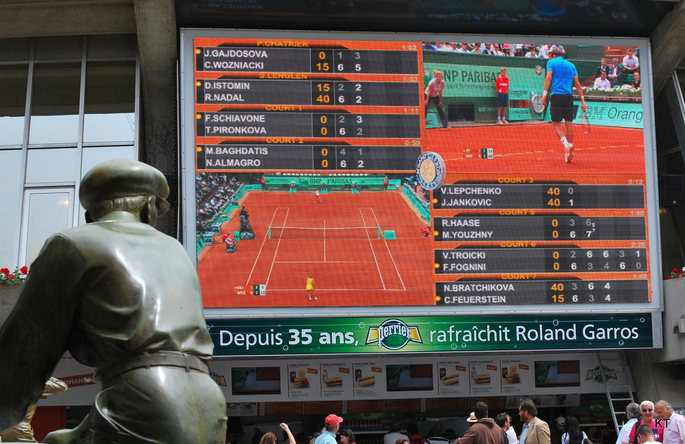
By Carine06, flickr
- Qualifying – Monday 20th to Friday 24th May 2024
- 1st Round – Sunday 26th to Tuesday 28th May 2024
- 2nd Round – Wednesday 29th & Thursday 30th May 2024
- 3rd Round – Friday 31st May & Saturday 1st June 2024
- 4th Round – Sunday 2nd & Monday 3rd June 2024
- Quarter Finals – Tuesday 4th & Wednesday 5th June 2024
- Semi Finals – Thursday 6th & Friday 7th June 2024
- Women’s Final – Saturday 8th June 2024
- Men’s Final – Sunday 9th June 2024
Schedule is subject to change.
About The French Open
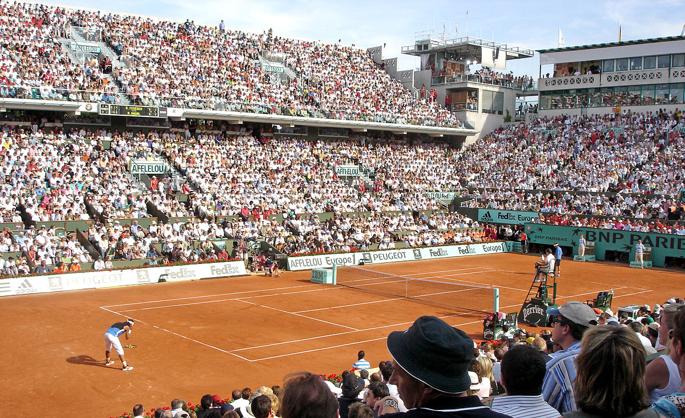
The tournament takes place at Roland-Garros in Paris, France. It’s one of the most iconic tennis venues in the world and is steeped in tradition. The biggest difference between the French Open and the other three majors is that it’s the only one that is played on clay.
Due to the speed of clay being much slower than the hard and grass tennis courts from other events, the French Open is regarded as one of the hardest to win as the rallies can be much longer.
Also, the final set is without a tiebreaker and the need for a winner to win by two clear games can often send the length of each match skyrocketing. As a result of this, Roland-Garros is the only major venue that will allow for an extra day if needed, purely down to the potential length of each match.
The Early Versions of the Competition
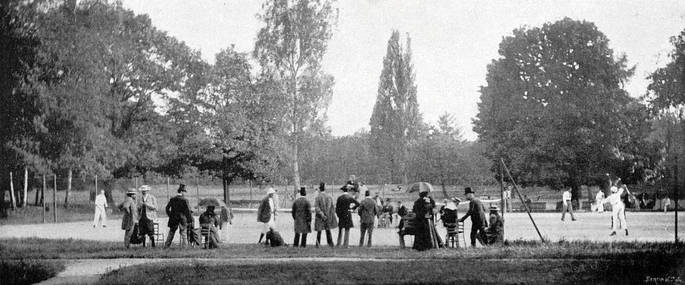
The Championnats Internationaux de France de Tennis began life in 1891 and at the time was only open to players who were members of French tennis clubs. If the idea behind that rule was to make it a competition that would be easier for French players to win. The organisers won’t have been pleased when a Briton named H. Briggs won the inaugural tournament, he was a resident in Paris and therefore allowed to enter.
It wasn’t until six years later that women were invited to play in the competition, with just four applying to do so. Though the men’s game had Doubles matches almost immediately, the Women’s Doubles didn’t start until 1907, five years after Mixed Doubles were played for the first time.
It wasn’t the only set of changes that took place to the competition in its more formative years, with the tournament not even settled at Roland-Garros until 1928. Prior to that it had taken place at Île de Puteaux, The Racing Club de France, Bordeaux’s Société Athlétique de la Villa Primrose and the Tennis Club de Paris.
The World Hard Court Championships
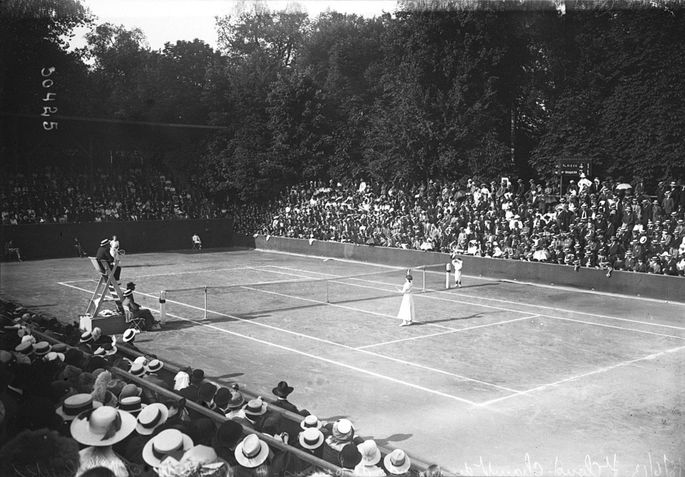
Though the French Open’s history can be traced back to 1891, there was another tournament that was considered by many to be a true precursor to it. The World Hard Court Championships was played at the Stade Français in the Parisian suburb of Saint-Cloud from 1912 and was open to international competitors at a time when the Championnats Internationaux was still restricted to members of French clubs.
The Championship was suspended for the First World War but resumed in 1920, continuing to take place until 1923 (though the 1922 edition was held in the Belgian city of Brussels). New Zealand’s Tony Wilding and the American Bill Tilden both won the competition and were each World Number One when they did so. The Hard Court Championships didn’t take place in 1924 as the Olympic Games were hosted by Paris and tennis was one of the disciplines.
In 1925 it was decided that the French Championships should be opened up to amateurs from around the world and, perhaps as a consequence, the International Lawn Tennis Federation designated it as a Major championship for the first time. In 1925 and 1927 the event took place at the Stade Français where the previous Hard Court Championship had taken place, moving briefly to Racing Club de France in the intervening year. On both occasions the court used was clay, which would later become the norm for the French Open.
The Move to Roland-Garros in 1928
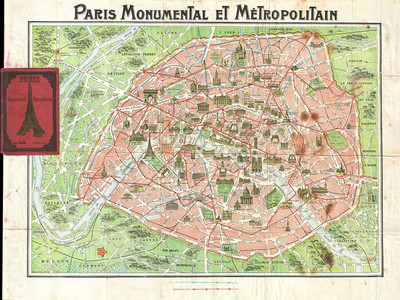
By Geographicus via Wikimedia Commons
In 1927 four French players, René Lacoste, Jean Borotra, Henri Cochet, and Jacques Brugnon, earned themselves the nickname of the ‘Mousquetaires’ when they won the David Cup in America. The French tennis authorities decided that they would defend the trophy on home soil and would build a new tennis stadium to honour this at Porte d’Auteuil. The Stade de France offered three hectares of land on which this new venue could be built but they attached an unusual rule to the deal; the tennis authorities could only have the land on the condition that they named the new stadium after a French World War One pilot named Roland Garros.
As we now know, of course, the Fédération Française de Tennis agreed, and the venue has boasted the name ever since. Owing to the rules of the French language, any time a building or location is named after a person the two words are hyphenated, which is why it is referred to as Roland-Garros rather than Roland Garros. The David Cup was indeed played there in 1928 and the French Internationals, as the tournament was known back then, moved there in the same year and has never left.
The French Internationals were still held during the Second World War, but the tournaments, played from 1941 through to 1945, aren’t considered to be official by the governing body of the country’s tennis governing body. When they resumed officially after the end of the war they took place after Wimbledon, making it the third of the Grand Slams in the calendar year. Nowadays, however, it’s played between May and June and is the second of the Grand Slams after the Australian Open.
The Prix Orange, Prix Citron and Prix Bourgeon
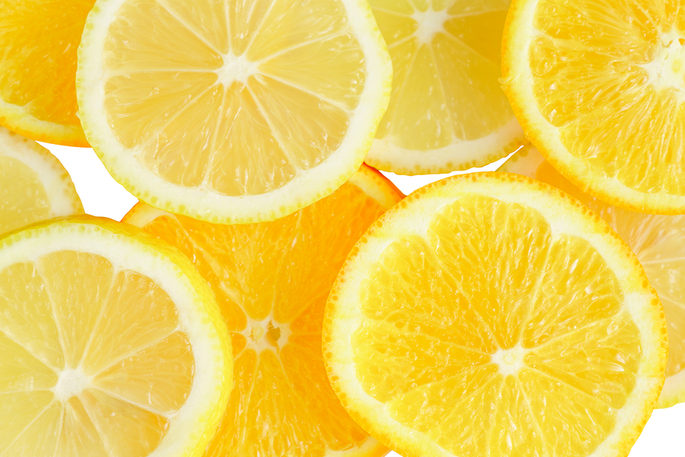
In 1981, tournament organisers introduced new prizes other than just the ones for winning the various disciplines. A player that is cooperative with the press and demonstrates sportsmanship during the event is awarded the Prix Orange, whilst one who displays a strong character and personality gets the Prix Citron.
There’s also a Prix Bourgeon for the biggest revelation of the year. It all adds to the uniqueness of the French Open, which invited both amateurs and professionals to take part in it in 1968 and became the first of the Grand Slams to be ‘open’ in such a manner.
Other Idiosyncrasies
As mentioned, there are certain factors about the French Open that make it unique in the world of Grand Slam tennis tournaments. The awards given out to players for things other than winning the various tennis competitions are part of that, but there’s much more besides. For example, in 2006 it was decided that the Open should begin on a Sunday, with twelve Singles matches played on the three main courts of Roland-Garros. It’s the only Major to start on the weekend at the time of writing.
There’s also the Benny Berthet Exhibition Day, which which takes place on the eve of the tournament getting underway. The overall yield from that go to various charitable associations. Though not a unique move in the world of tennis tournaments, the French Open decided to pay equal prize money to both the Men and Women who take part in the competition. That has been the case since 2007.
A Look at Stade Roland-Garros
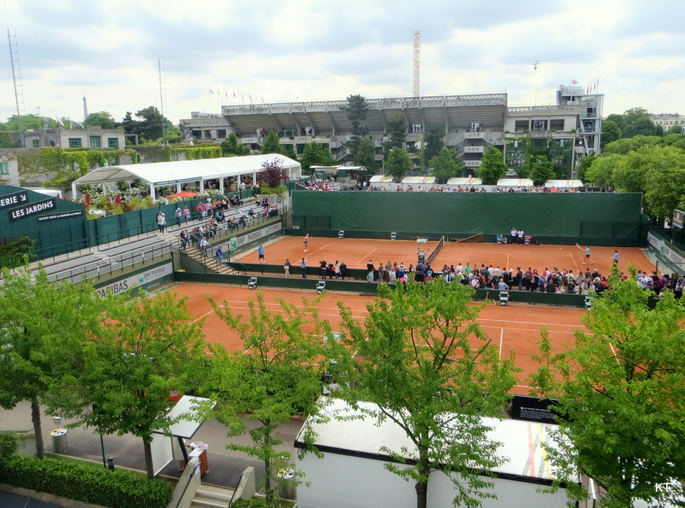
We know that Stade Roland-Garros was built in 1928, but what else is there to learn about the home of the French Open? The twenty one acre complex has twenty courts within its boundaries, to say nothing of a large restaurant and bar complex named Les Jardins de Roland Garros. France’s National Training Centre is also located here, as is a bilingual multimedia museum called the Tenniseum.
Roland Garros might have been a pilot in World War One, but he’s famous for so much more than that. He was also the aviator who flew the first solo flight across the Mediterranean Sea and invented the first machine gun that was able to fire forward from an aircraft. He shot down four enemy airplanes in the war before being shot down himself in 1918.
The Clay Playing Surface
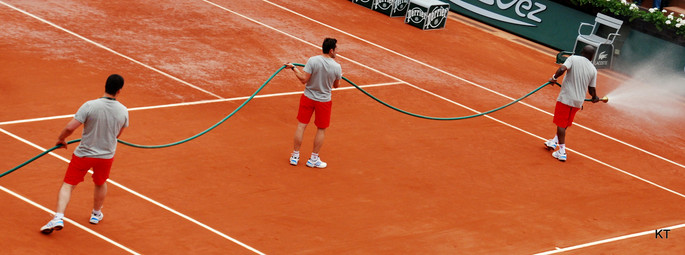
The reference to the Roland-Garros courts as being ‘clay’ does a slight disservice to them. In actual fact they are made up of a base layer of white limestone on top of about six inches of volcanic rock. On top of the limestone is a couple of millimetres of red brick dust, which gives it its red brick appearance. The brick is crushed and drenched in water, with the process taking place several times until every court is coated with a compact layer that shows footprints and ball marks but doesn’t make the court slippery or spongey.
When tournaments are underway at Rolland-Garros the playing surface is smoothed out both before matches and in between sets by workers dragging chain-link across it. When that tournament is the French Open, the court surface is replenished on a daily basis, whilst over the rest of the year it’s dealt with as and when necessary. When the courts were first used upon the venue’s opening they were state-of-the-art. Previously clay courts had suffered drainage issues, but the combination of limestone and crushed brick removed that problem.
The Courts
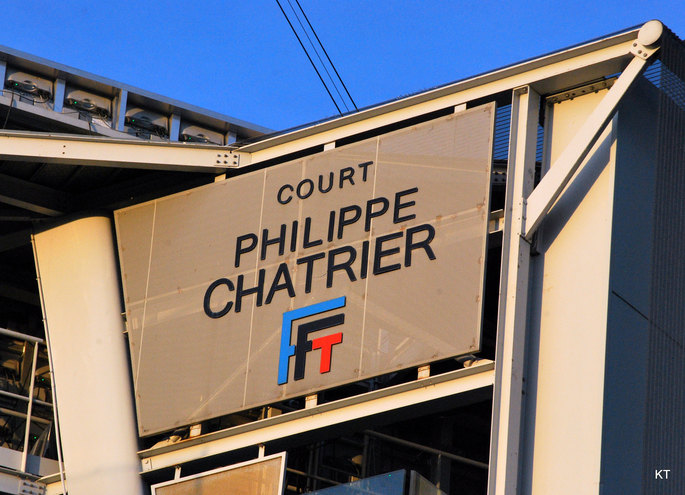
The centrepiece of Roland-Garros is the Court Philippe Chatrier, which opened when the stadium did and boasts seats for just shy off fifteen thousand spectators. It used to be known as the Court Central, but it took on the name of the former President of the Fédération Française de Tennis in 2001. The secondary court was known as Court A when it opened 1994, but it was renamed as Court Suzanne Lenglen in honour of a Women’s game superstar who won 31 Majors between 1914 and 1925.
The last court worthy of a mention is Court 1, often referred to as the ‘Bullring’. That’s on account of its circular shape and the architect, a former junior champion tennis player named Jean Lovera, deliberately designed it to make it contrast with the more angular personality of the Court Philippe Chatrier. Fans of the game love it because it allows them to feel close to the action and the round nature of the design means that practically all of the seats have an excellent view. There are another seventeen courts on the outskirts of the main three, but these are the ones that you’ll most closely associate with the tournament in its pomp.
Expansion Plans
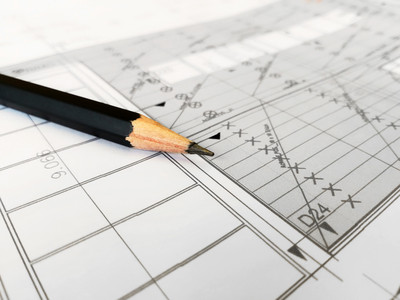 The Fédération Française de Tennis announced in 2009 that a French architect named Marc Mimram had been commissioned to design a large expansion to Roland-Garros. This was largely in response to calls to move the French Open to a new venue outside of Paris, as well as plans to build a new court with a roof. Two years after those plans were announced, the FFT confirmed that it had decided to keep the tournament at Roland-Garros but to expand the venue as a whole in order to avoid the possibility of losing its Grand Slam status to Madrid.
The Fédération Française de Tennis announced in 2009 that a French architect named Marc Mimram had been commissioned to design a large expansion to Roland-Garros. This was largely in response to calls to move the French Open to a new venue outside of Paris, as well as plans to build a new court with a roof. Two years after those plans were announced, the FFT confirmed that it had decided to keep the tournament at Roland-Garros but to expand the venue as a whole in order to avoid the possibility of losing its Grand Slam status to Madrid.
The various expansion plans, which included the possibility of building a new stadium below ground level, encouraged numerous obstacles over the years that followed, resulting in work being delayed. As well as problems faced with the plans, the FFT also underwent legal challenges over what they were hoping to do, with the last of these resolved in 2017. Work then continued with the new look court at Porte d’Auteuil ready for 2019 and a rebuilt Court Philippe Chatrier opened for the 2020 French Open.
French Open Format
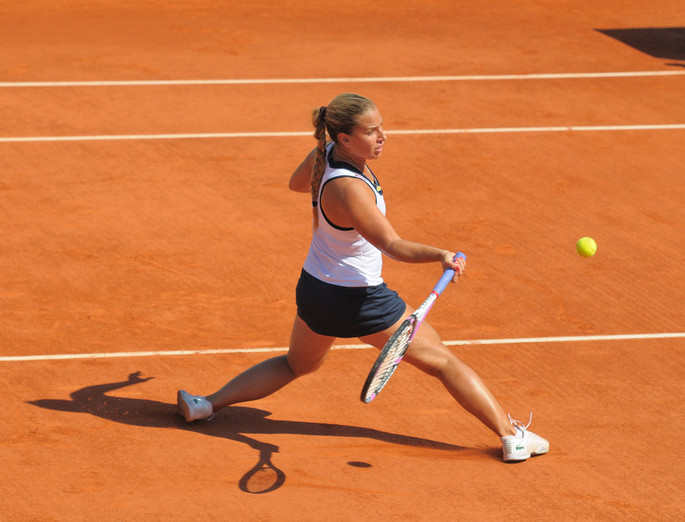
The tournament is actually split up into a number of disciplines including Men’s Singles, Women’s Singles, Men’s Doubles, Women’s Doubles and Mixed Doubles. Qualification for each does vary but essentially players will either need to reach a certain world ranking, have won a tournament on tour throughout that current year, be a former major winner or have been successful in one of the qualifying tournaments leading up to the event.
The tournament proper goes straight into a knockout stage, with sixty-four participants for both the Men’s and Women’s Singles games. From there they work their way though the knockout stage before the winner is crowned in the Final. The Doubles games will see thirty-two pairings for each discipline and again they go straight into a knockout stage.
French Open Prize Money and Ranking Points (2023)
| Round Reached | Singles Prize Money (€) | Doubles Prize Money (€) | Men’s Singles Ranking points | Women’s Singles Ranking Points |
|---|---|---|---|---|
| Round 1 | 69,000 | 17,000 | 10 | 10 |
| Round 2 | 97,000 | 27,000 | 45 | 70 |
| Round 3 | 142,000 | 43,000 | 90 | 130 |
| Round 4 | 240,000 | N/A | 180 | 240 |
| Quarters | 400,000 | 80,000 | 360 | 430 |
| Semis | 630,000 | 148,000 | 720 | 780 |
| Final | 1,150,000 | 295,000 | 1,200 | 1,300 |
| Winner | 2,300,000 | 590,000 | 2,000 | 2,000 |
Interesting Facts
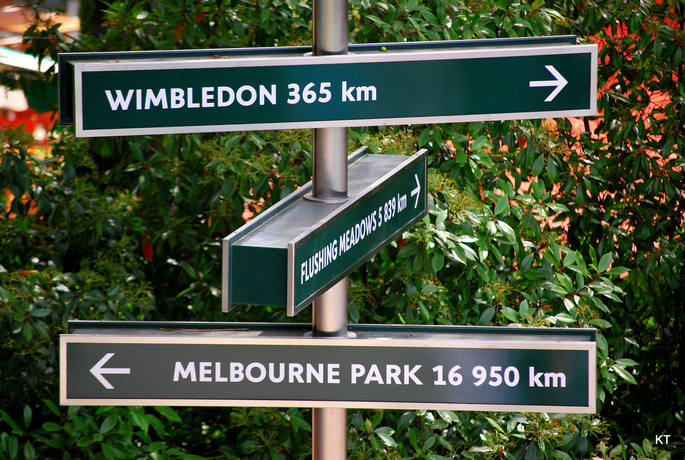
Rafael Nadal is the most successful Men’s player at the French Open, winning the event no fewer than fourteen times. To put that into context, the next best is Max Decugis with eight, with the next most successful open era player, Bjorn Borg back on six wins before then dropping to three others with 3 wins a piece. It’s argued that this is a record that will never be beaten and, as Nadal is still playing, could well be extended.
Chris Evert is the most successful French Open player on the Women’s side winning the tournament seven times throughout her career. A number of players have threatened to match her record in modern times including Steffi Graff and Justine Henin, but ultimately failed. Serena Williams was the latest player to attempt to catch her, although she could only claim three titles.
There are other interesting facts around the tournament, of course, with the following being the most noteworthy:
- As well as being the most successful male player of both the professional and amateur era, Rafa Nadal has also won more consecutive titles than anyone else with five
- The most successful player of any era across all disciplines is Max Decugis, who managed twenty-nine wins from 1902 to 1920
- Two women, Jeanne Matthey and Suzanne Lenglen, won four consecutive titles in the Amateur era, whilst two others, Monica Seles and Justine Henin, won three in the open era
- Suzanne Lenglen is the most successful woman of any era with fifteen wins across all disciplines
- The youngest Men’s Single title winner, Michael Chang, was seventeen years and three months on when he won
- The youngest Women’s Single winner, Monica Seles, was sixteen years and six months old when she was victorious
- The oldest Male winner, Andre Vacherot, was forty years and nine months old
- The oldest Women’s title winner, Zsuzsa Körmöczy, was thirty years and ten months when she won
- There have been four unseeded winners of the Men’s Singles and two unseeded winners of the Women’s title
